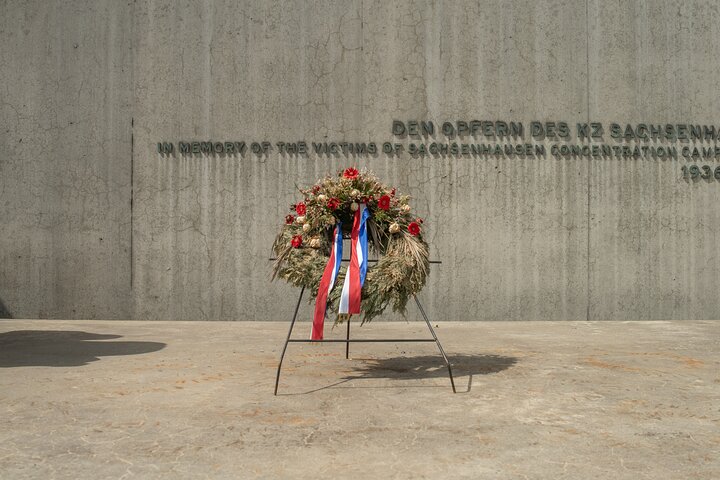Exploring Berlin’s Soul: A Journey Through Memory and Identity
Berlin’s urban landscape is a tapestry of history and memory, and the Berlin Car Tour offers a unique opportunity to explore its depths. Join me as I delve into the city’s iconic landmarks and uncover the stories that make Berlin a city like no other.
A Journey Through Layers of Memory
Berlin is a city that pulses with history, a place where every corner seems to whisper stories of the past. As a former city planner turned travel writer, I was eager to dive into the depths of Berlin’s urban landscape. The Berlin Car Tour was the perfect opportunity to explore the city’s highlights with a fresh perspective. My guide, Jan, was not just a tour guide but a storyteller, weaving the narrative of Berlin through its iconic landmarks.
Our journey began at the Holocaust Memorials, where Jan’s insightful commentary transformed the space into a poignant reminder of history’s darkest chapters. He explained how the design of the memorial forces visitors to feel the disorientation and oppression experienced by those persecuted. As we moved to the Queer Memorial, Jan revealed histories that had long been suppressed, adding layers of depth to our understanding of Berlin’s complex past.
The Brandenburg Gate, a symbol of peace, victory, and unity, stood as a testament to the city’s evolving identity. Jan’s ability to unpack the shifting meanings of this iconic structure highlighted how architecture can carry the weight of politics and history. It was a powerful reminder that Berlin is a city that remembers not just through plaques but through its very fabric.
Urban Reinvention and Contradictions
As we ventured into Potsdamer Platz, I was struck by the stark contrast between Renzo Piano’s terracotta façades and Helmut Jahn’s glass Sony Center. Jan’s tales of falling glass panes served as a metaphor for the fragility of modern materials and the ever-changing urban landscape. The Reichstag, with its iconic glass dome designed by Norman Foster, stood as a symbol of transparency and democracy, born of controversy but now an integral part of Berlin’s skyline.
Jan’s tour was not afraid to confront the contradictions that define Berlin. From Frederick the Great’s tolerance paired with antisemitism to the erasure of the Palace of the Republic for a reconstructed royal castle, the city’s history is a tapestry of conflicting narratives. The scars of WWII, intentionally preserved at the Neues Museum, serve as a reminder of the past’s enduring impact on the present.
Even the lighter stops on our tour, such as the Ampelmann souvenirs and chocolate shops at Gendarmenmarkt, were tied into the larger theme of memory and identity. Graffiti under bridges and Berlin’s techno temples in industrial ruins spoke to the city’s vibrant subcultures and its ability to reinvent itself continually.
Context and Reflection
Jan’s strength as a guide lay in his ability to provide context and provoke reflection. He seamlessly transitioned from discussing the White Crosses for Berlin Wall victims to anecdotes about the “candy bombers” who dropped sweets during the Airlift. His insights into present debates about housing affordability and community gardens in Kreuzberg added a contemporary layer to our exploration.
This was less a tour and more a moving seminar in the open air. Jan’s depth, humor, and candor brought Berlin to life as a city still arguing with itself—through scars, reconstructions, and celebrations. It was a deeply enriching experience that left me with a profound understanding of Berlin’s soul, not just its sights.
For anyone eager to delve into the heart of Berlin, the Berlin Car Tour offers an unparalleled journey through the city’s layers of memory. It’s a chance to see Berlin not as a static museum but as a living, breathing entity, constantly evolving and redefining itself.












































